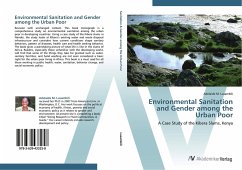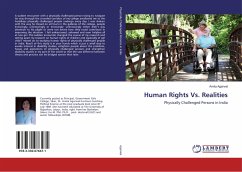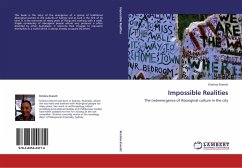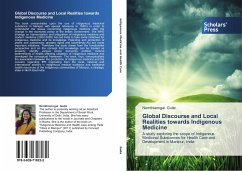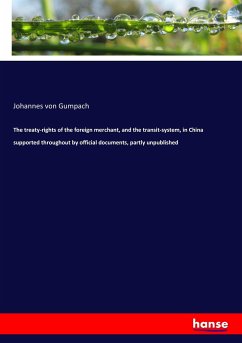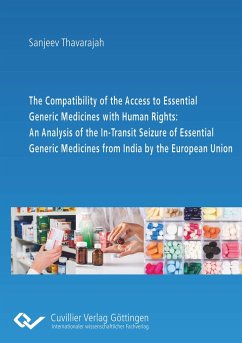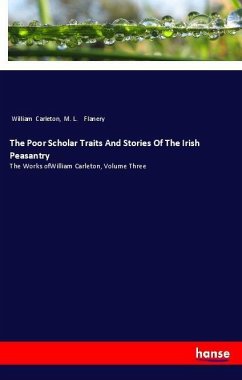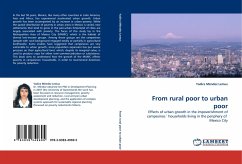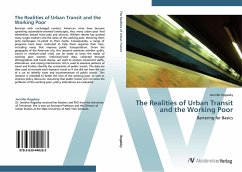
The Realities of Urban Transit and the Working Poor
Bartering for Basics
Versandkostenfrei!
Versandfertig in 1-2 Wochen
52,99 €
inkl. MwSt.

PAYBACK Punkte
26 °P sammeln!
Revision with unchanged content. American cities have become sprawling automobile-oriented landscapes; thus many urban poor find themselves distant from jobs and services. Welfare reform has pushed many single mothers into the ranks of the working poor, throwing them onto landscapes ill-suited to their needs. Consequently, a range of programs have been instituted to help them organize their lives, including many that improve public transportation. Given the geography of the American city, this research examines whether public transit in medium-sized cities can be made to serve the needs of wor...
Revision with unchanged content. American cities have become sprawling automobile-oriented landscapes; thus many urban poor find themselves distant from jobs and services. Welfare reform has pushed many single mothers into the ranks of the working poor, throwing them onto landscapes ill-suited to their needs. Consequently, a range of programs have been instituted to help them organize their lives, including many that improve public transportation. Given the geography of the American city, this research examines whether public transit in medium-sized cities can be made to serve the needs of working poor women. Individual-level data, collected through ethnographies and travel diaries, are used to analyze movement paths, alternatives, and coping mechanisms. GIS is used to examine patterns of travel and further identify the constraints of public transit. The data are then used to recreate each woman's travel as if she did not have the use of a car to identify costs and inconveniencesof public transit. This research is intended to better the lives of the working poor, as well as improve policy decisions. Assuming that public transit will not solve the problems of the working poor, policy alternatives are evaluated.



